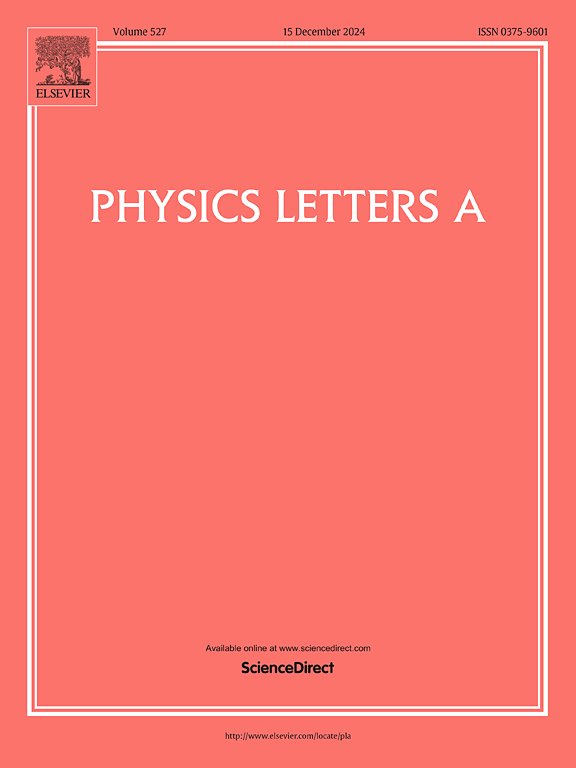Optical torques in the folding Fabry–Perot cavity
IF 2.3
3区 物理与天体物理
Q2 PHYSICS, MULTIDISCIPLINARY
引用次数: 0
Abstract
Folding the Fabry-Perot cavity allows gravitational wave detectors to enhance their effective arm lengths. However, a different number of mirrors and geometry of the folded cavity will complicate the dynamics of the mirrors under the exertion of radiation pressure forces and torques. This paper gives the framework for analysing the stability of folded cavities in the angular degrees of freedom. In particular, we analyse the optical torques and mirror dynamics of the trifold 12 km cavity, which can serve as a potential upgrade of aLIGO for the kilo-Hertz sensitivity boosting. We explore feasible geometric configurations supporting the target arm cavity power of 1.5 MW and the resulting coating thermal noise. Our analysis suggests that the cavity remains stable by replicating the current arm cavity geometry three times and increasing all mirror masses to 200 kg. It gives thermal noise, at 100 Hz, 8.5% higher than the aLIGO design.
折叠法布里-珀罗腔中的光力矩
折叠法布里-珀罗腔允许引力波探测器增加有效臂长。然而,不同的反射镜数量和折叠腔的几何形状会使反射镜在辐射压力和扭矩作用下的动力学变得复杂。本文给出了在角自由度上分析折叠空腔稳定性的框架。特别地,我们分析了三倍12km腔的光学扭矩和反射镜动力学,这可以作为aLIGO的潜在升级,以提高千赫兹灵敏度。我们探索了支持目标臂腔功率为1.5 MW和由此产生的涂层热噪声的可行几何构型。我们的分析表明,通过将当前的臂腔几何形状复制三次并将所有反射镜的质量增加到200公斤,腔保持稳定。在100 Hz时,它的热噪声为2.94×10−24/Hz,比aLIGO设计高8.5%。
本文章由计算机程序翻译,如有差异,请以英文原文为准。
求助全文
约1分钟内获得全文
求助全文
来源期刊

Physics Letters A
物理-物理:综合
CiteScore
5.10
自引率
3.80%
发文量
493
审稿时长
30 days
期刊介绍:
Physics Letters A offers an exciting publication outlet for novel and frontier physics. It encourages the submission of new research on: condensed matter physics, theoretical physics, nonlinear science, statistical physics, mathematical and computational physics, general and cross-disciplinary physics (including foundations), atomic, molecular and cluster physics, plasma and fluid physics, optical physics, biological physics and nanoscience. No articles on High Energy and Nuclear Physics are published in Physics Letters A. The journal''s high standard and wide dissemination ensures a broad readership amongst the physics community. Rapid publication times and flexible length restrictions give Physics Letters A the edge over other journals in the field.
 求助内容:
求助内容: 应助结果提醒方式:
应助结果提醒方式:


